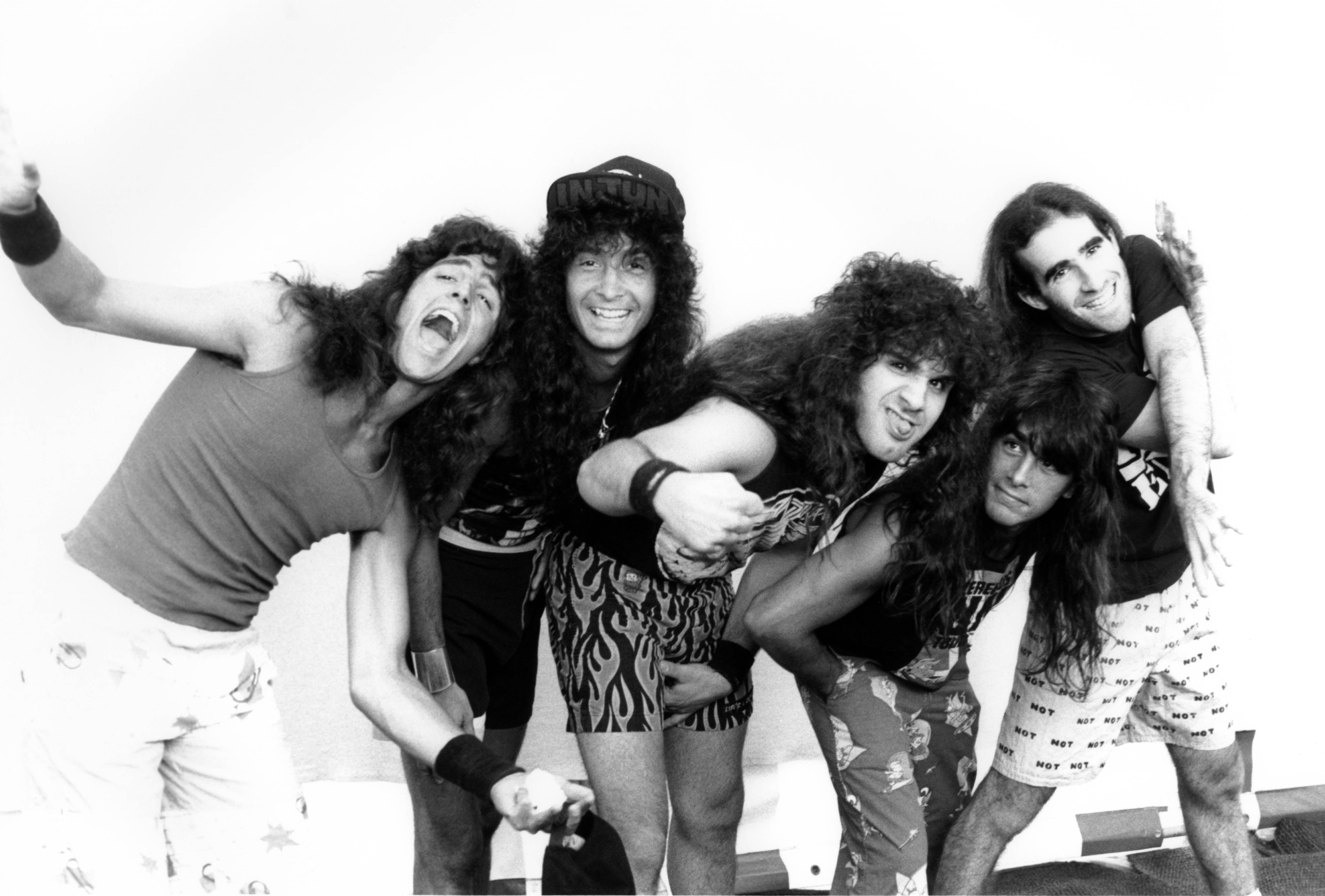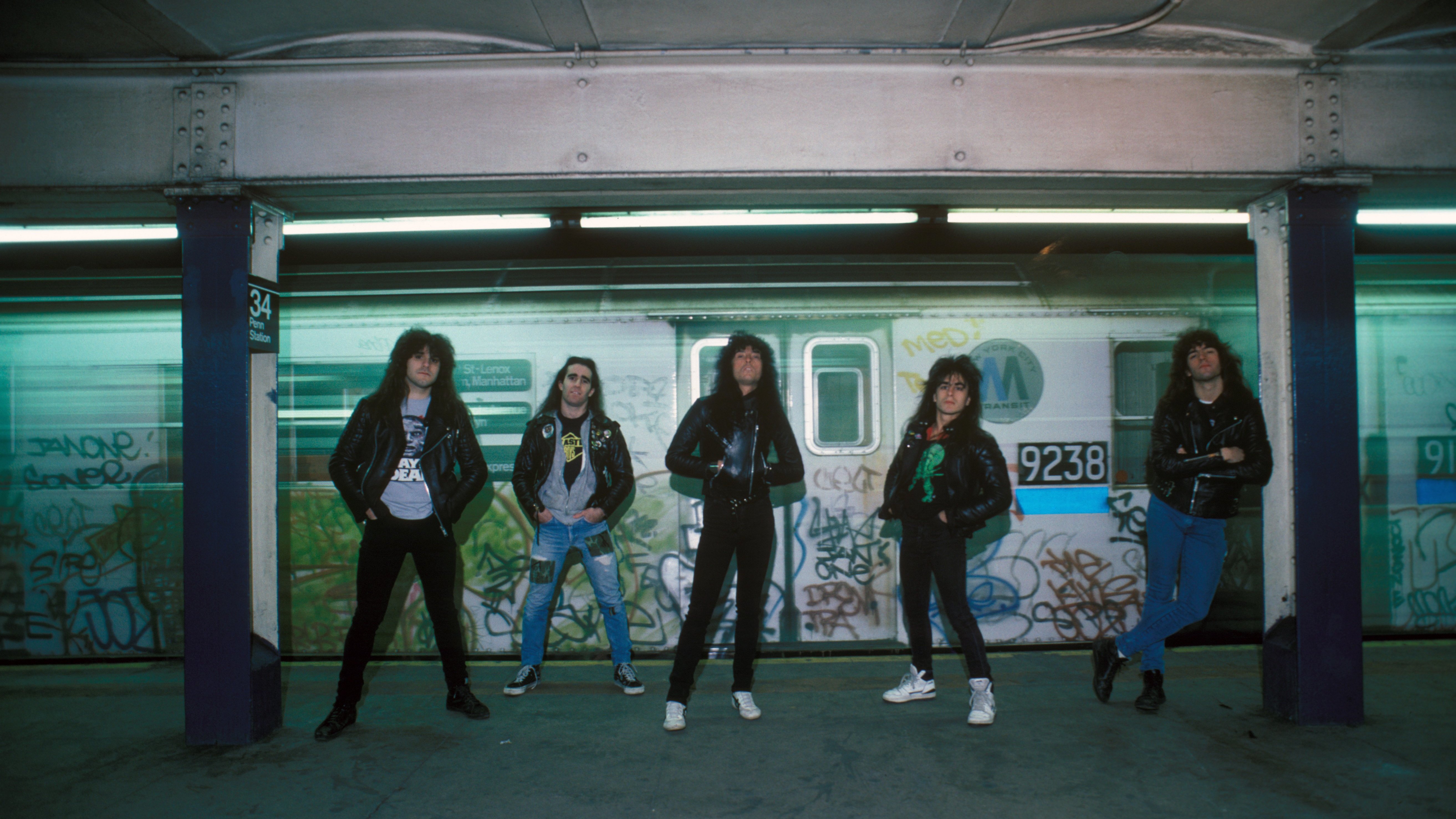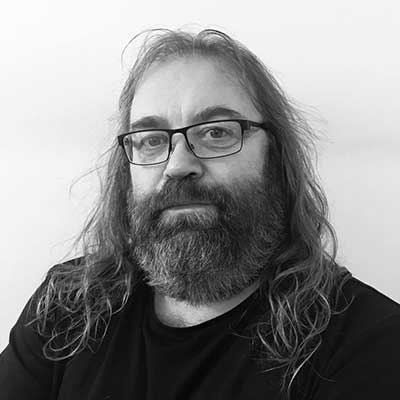WHERE AND WHEN WERE YOU BORN?
WHAT WERE YOU LIKE AT SCHOOL?
“I was really good at school. From an early age, when my parents got divorced in 1975 and I was living with my mom in Queens, it came down to if I did well in school, I didn’t have to follow any rules at home. So I always kept my grades up and never had to have a curfew and I was able to go and do whatever the hell I wanted.”
WHAT GOT YOU INTO MUSIC?
“My parents were always into music. They always listened to music in the car or the house. I was always around it. My dad had a guitar in the house all the time and he’d strum along on that every once in a while. My dad’s younger brother was only 10 years older than me and I’d go into his room and he had all these crazy records like Black Sabbath and Frank Zappa. And to an eight-year-old, a Black Sabbath album cover’s pretty scary. I just developed my own taste, and it seemed that my taste was for rock music.”
AT WHAT POINT DID YOU THINK ABOUT TAKING YOUR MUSICAL LEANINGS FURTHER?
“I always wanted to play guitar. I would see stuff on TV. There were always shows on TV in the mid-70s like In Concert and Don Kirshner’s Rock Concert and they were on a Friday and Saturday night so I’d get to see these bands on there all the time and it just made me want to play guitar.”

HOW DID YOU FORM ANTHRAX?
“I went to high school with Danny Lilker [now with Nuclear Assault], and he was in a band called White Heat, but me and him would jam all the time. We’d hang out and jam every day, and I’d say to him we were going to start a band called Anthrax. And, sure enough, his band split up and we started Anthrax.”
MUSICALLY WHAT WAS GOING ON AROUND THAT TIME?
“In 1981 when we started there was no scene at all. The only way to get gigs was if you were a cover band, doing a Van Halen cover show would get you gigs. We were into Maiden and Priest and Motörhead and that was only just starting. In 1981 Priest were at the level of playing the Palladium which held about 3,000 people. We saw Maiden and Priest in 1981 in New York, and they did three nights there. On a big commercial level no one knew about bands like that. We were into the NWOBHM, that was our scene. We loved Twisted Sister, but even they weren’t taken seriously at that time.”
WHAT ARE YOUR MEMORIES OF THE EARLY DAYS IN ANTHRAX?
“Just jamming all the time. We had a room at this place called The Music Building in Queens and we were there six or seven nights a week just constantly trying to write songs and get better and better.”
HOW DO YOU FEEL ABOUT DEBUT ALBUM FISTFUL OF METAL NOW?
“I think it’s just amazing we even got to make our first record. We put in all the hard work in the world but that doesn’t mean it’s going to pay off. Luckily for us it did. We hooked up with the right people, like [manager] John Zazula. He was looking to start his own record label. and he was involved with Raven and Metallica. It was just right time, right place, right band. You could be the greatest band in the world, if no-one believes in it it ain’t gonna happen. But Johnny Z did believe in us and put up the money for us to make Fistful Of Metal. I hate the mix on that record, but I do like the songs.”
ALTHOUGH YOUR ROOTS WERE PRIEST, MAIDEN AND MOTÖRHEAD, YOU TOOK IT A STEP FASTER. AT THE TIME, WAS THAT A CONSCIOUS DECISION?
“You know, we just started playing like that. We were already listening to bands like Venom and Raven who were already playing faster. And we started getting into punk stuff like Discharge, The Exploited and GBH. It was all just a combination of music that went into making up what we were doing at the time.”
DID YOU THINK AT THE TIME YOU WERE PART OF THE THRASH SOUND?
“If we’d have come up with the term speed metal or thrash metal ourselves we probably wouldn’t have minded calling ourselves that. But we listened to heavy metal, that’s what we knew it as. So we considered ourselves heavy metal. Even to this day we’re a metal band. I have nothing against the term thrash metal but I probably took it a lot more serious back in 1986 than I do now. With Anthrax, we just felt we came from Iron Maiden and didn’t understand why we couldn’t be termed with them. Why did we need our own term?”
I UNDERSTAND YOU ONCE LENT A VERY YOUNG METALLICA A TOASTER OVEN.
“Yeah, in the early days when they first came to New York they were living in The Music Building, which was basically a squat someone had turned into rehearsal rooms. We had our room and Johnny Z got them a room and they lived there. So we gave them a fridge and a toaster so they had something to somehow cook the hot dogs they were surviving on.”
- Famous Firsts: Anthrax
- The 10 best Bay Area thrash albums
- Scott Ian: Anthrax hated Neil Turbin's guts
- The 10 Best Metallica Songs Featuring Cliff Burton
THINGS MOVED ON A PACE WHEN JOEY BELLADONNA REPLACED NEIL TURBIN FOR SPREADING THE DISEASE. DID YOU FEEL YOU WERE PART OF SOMETHING SPECIAL THAT WAS HAPPENING IN METAL?
“You could feel it. When we got Joey we felt things. We knew he was the missing piece of the puzzle. You could feel the vibe moving. Everything we did just moved on leaps and bounds. When you sold 10,000 records and suddenly you’re selling 100,000, you can tell things are moving in the right direction. From 1986 and 1987 everything moved on quickly. We all had major record deals, and all of a sudden we were the biggest thing in metal. It was crazy.”
WAS IT HARD TO KEEP YOUR FEET ON THE GROUND?
“That was how we did keep our feet on the ground. We never stopped working.”
HOW DID THE PUBLIC ENEMY CONNECTION COME ABOUT?
“Frankie [Bello, bass], Charlie [Benante, drums] and I were all into rap music. We grew up in The Bronx and we were just as much into rap as metal at that time. We had [rap tribute/parody] I’m The Man as a B-side to I Am The Law in the UK only and it took on a life of its own. It came out as an EP in America and when we played Donington in 1987 it was the biggest song of the day. We realised we were on to something. Public Enemy were my favourite band at that time and I think it was a way of me finding a way to work with them. And we did it on our own and it wasn’t a novelty song either. We took it from the other side and ran with the ball.”
TELL US ABOUT STEALING THE NEW YORK YANKEES SIGN FROM YANKEE STADIUM IN THE BRONX IN 1997.
“I broke into the stadium, tried to steal something and got arrested.”
WE’RE ASSUMING BEER PLAYED A PART IN THE EQUATION?
“It was a lot more than beer. A lot of whiskey was involved as well. I ended up with two felony charges against me, and after months of my lawyer trying to get me out of trouble I ended up on the [shock jock DJ] Howard Stern Show to apologise to the Yankees owner George Steinbrenner and a couple of weeks later he dropped the charges. But it wasn’t easy. It cost me a shit load of money in lawyers. The last people I ever wanted involved in my life were lawyers and cops and I threw a big party and invited them all. I’ll never do that again.”
HOW MUCH OF A BOTTOM-QUIVERING MOMENT WAS IT WHEN YOU DECIDED TO REPLACE JOEY WITH JOHN BUSH IN 1992?
“Not much. I wasn’t nervous. We had to move forward or go do something else with our lives. It wasn’t just me, all four of us felt that way.”
WHAT PROMPTED THE CURRENT REUNION WITH JOEY BELLADONNA?
“If you want me to say it, I’ll say it – it was all about money… we got 10 million dollars each and we’re all having a hard time finding ways to spend it all. We’re still out here touring, and all I want to do is go home and drive my new Bentley… No, seriously though, Charlie mentioned it to me in 2004, and I felt if we didn’t do it now it would never happen. And I feel we’re stronger now than we were in 1987 because we’re all so much better at what we do. And we’re stronger than we’ve ever been. We’re just getting better and better.”

